Guide A-611
Revised by Jane Breen Pierce and Phillip Lujan
College of Agricultural, Consumer and Environmental Sciences, New Mexico State University
Respectively, Extension Entomologist and Plant Diagnostician/Pesticide Safety Education Program Manager, Department of Extension Plant Sciences, New Mexico State University. (Print Friendly PDF)
Pest Control Options
There are usually several options to weigh when determining appropriate pest control methods. In addition to pesticides, alternative pest management techniques can provide growers with economic options that may be safer and beneficial to natural resources. When pesticides are chosen, it is important to use them properly to ensure personal and environmental safety and to comply with the law.
Integrated pest management (IPM) is a plan that incorporates mechanical, biological, and chemical control methods. IPM can work equally well for large commercial producers of agricultural commodities, home gardeners, and landscapers. Although there are different definitions of IPM, most are based on three key points:
- Consider multiple tools, including plant resistance and biological and cultural controls.
- Avoid reducing populations of beneficials, predators, and parasitoids of pests, or herbivores that help control weeds.
- Tolerate some level of damage. Not all damage results in yield losses; however, when the cost of damage is more than the cost of control (economic threshold), inputs such as pesticides are needed.
Cultural and Biological Control Practices
Field scouting or monitoring provides the basis for an IPM strategy (Figure 1). When monitoring is conducted by a trained, knowledgeable person, it can reveal which pests and beneficials are present and the level of expected damage if left untreated. County Cooperative Extension Service agents (https://aces.nmsu.edu/county/) and professional consultants can assist with pest identification and recommended control methods. A crop should be carefully monitored at growth stages when it is most vulnerable to anticipated pest damage. For domestic pests such as fleas or cockroaches, investigate alternative practices, such as cleaning, removing pest breeding areas, or using non-toxic products before resorting to chemical controls.
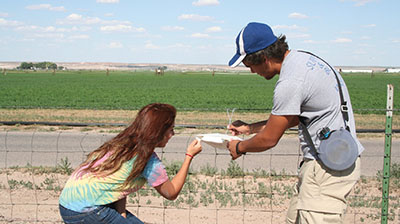
Figure 1. In-field scouting for pests and beneficials is the basis of any IPM strategy.
There are a number of cultural practices that can be considered in an IPM strategy. Crop rotation is effective against pests that cannot survive long without a suitable host. Companion crops that attract or repel pests can sometimes be used to improve control in gardens or small farms. Pest-resistant plant varieties are commonly available for both agricultural and ornamental uses.
Another cultural control method that could be effective is disrupting, reducing, or eliminating breeding habitat or overwintering sites for pests. Crop residues, harvest trash, and non-crop host plants are possible breeding/overwintering material and therefore need to be managed. Controlling alternative host weeds is a particularly good option since weed control is needed for many reasons (crop resource competition, harboring pathogens, etc.).
Biological control depends upon using predators, parasitoids, or diseases of the target pest to keep populations below the economic threshold. Biological controls usually fall into one of the following categories.
- Conservation: Protecting naturally occurring beneficials by not eliminating habitat and not using broad spectrum pesticides. In New Mexico, eliminating habitat or cutting either natural vegetation or crops like hay results in dramatic loss of beneficials from desiccation due to high temperatures and low relative humidity.
- Augmentation: Increasing beneficial populations by releases or providing more favorable habitat, typically vegetation that is allowed to flower to provide pollen and nectar sources.
- Classical: Introducing natural enemies of introduced pests that are in New Mexico without their native parasitoids. The objective is to restore the natural control that is present in their region of origin. This method is usually supported by extensive university research and implemented by governmental agencies.
Figures 2 through 13 show examples of beneficial insects that can be found in New Mexico.
There are some options for treatment with insect pathogens that have some of the conveniences of conventional pesticides. The most commonly used is Bacillus thuringiensis (Bt). Such options have the benefit of having no effect on non-target organisms. Other more conventional products are also available that are considered “softer” on beneficials. These may have some effects, but less than older, broad spectrum neurotoxins. These products are most readily available for caterpillar pests.
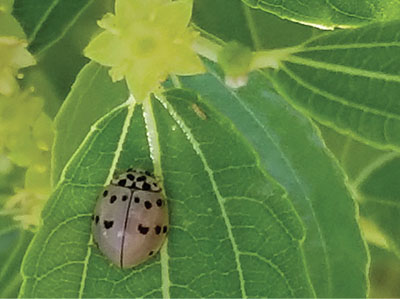
Figure 2. Ashy gray lady beetle (Olla v-nigrum) (photo by Patricia Monk).
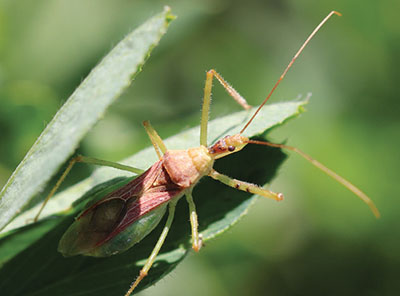
Figure 3. Assassin bug (family Reduviidae) (photo by Patricia Monk).
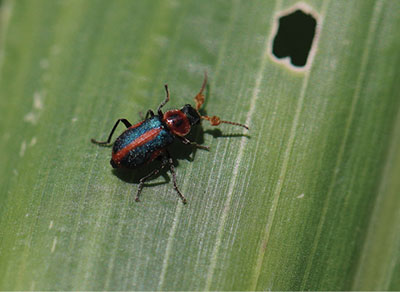
Figure 4. Collops sp. beetle on a sorghum leaf (photo by Patricia Monk).
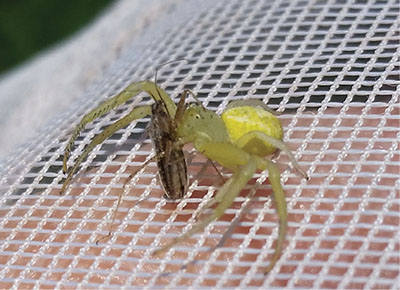
Figure 5. Crab spider (family Thomisidae, Mecaphesa sp.) feeding on a nabid (photo by Patricia Monk).
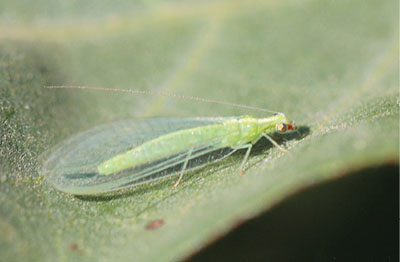
Figure 6. Adult green lacewing (family Chrysopidae) (photo by Patricia Monk).
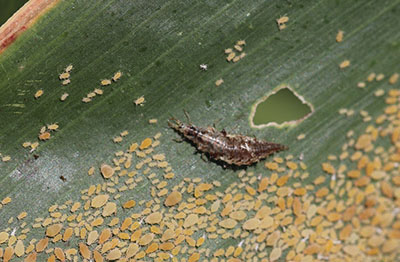
Figure 7. Green lacewing larva feeding on sugarcane aphids (photo by Patricia Monk).
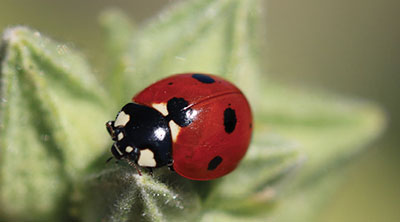
Figure 8. Adult seven-spotted lady beetle (Coccinella septempunctata) (photo by Ashley B. Bennett).
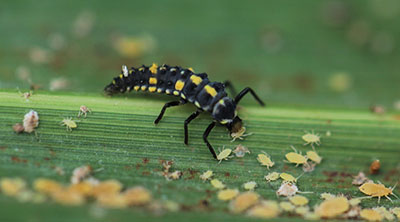
Figure 9. Lady beetle (family Coccinellidae) larva feeding on sugarcane aphids (photo by Patricia Monk).
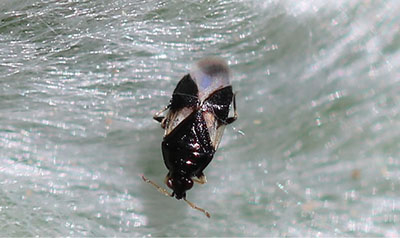
Figure 10. Minute pirate bug (Orius sp.) (photo by Miranda L. Kersten).
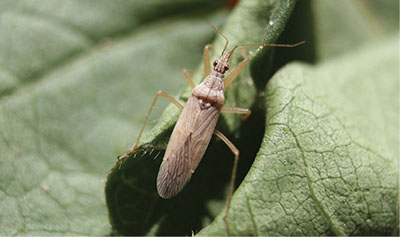
Figure 11. Nabid (family Nabidae), also commonly called damsel bug (photo by Patricia Monk).
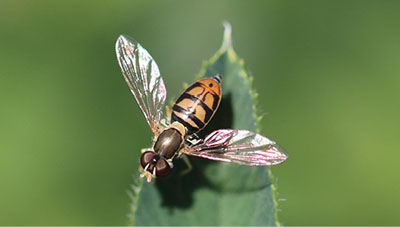
Figure 12. Adult syrphid fly (family Syrphidae) (photo by Ashley B. Bennett).
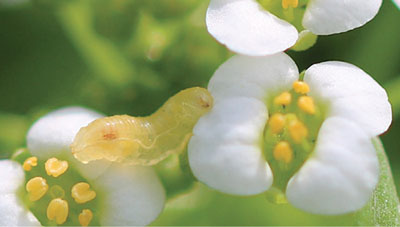
Figure 13. Syrphid fly larva (photo by Ashley B. Bennett).
Use of Pesticides
Safe and effective use of pesticides requires understanding their chemical characteristics and interaction with the ecosystem. Properties of the pesticide being used, such as leachability, solubility, soil bonding, formulation, means of distribution, and toxicity to non-target species, determine the risk level. Site-specific information, such as irrigation or rainfall, crop residues, tillage, and other cultural practices, may also be helpful in selecting the most appropriate pesticides.
Using the same active ingredient repeatedly, regardless of the product name, will cause pests to develop resistance, making the chemical less effective or even useless over time. Strategies to avoid resistance include limiting pesticide use and choosing products from different chemical classes or with different modes of action. The chemical class or mode of action can be found on the product label or Material Safety Data Sheet (MSDS). County Cooperative Extension Service agents or pesticide dealers can help you locate this information.
Pesticide labels are the first source for information on safe and effective use. Signal words indicate the acute (immediate) toxicity to humans. Information about environmental safety and protection can be found under the heading “Environmental Hazards.”
Additional considerations are necessary to protect surface water from chemical contamination. Avoid applying pesticides near open water if possible. Slope of the land, vegetative cover, and structural control devices may slow or prevent runoff from the fields.
ALWAYS READ AND UNDERSTAND THE LABEL BEFORE MAKING ANY PESTICIDE APPLICATION!
For Further Reading
A-610: Extension Pesticide Applicator Training Series–#1 Pest Identification
pubs.nmsu.edu/_a/A610/
A-612: Extension Pesticide Applicator Training Series–#3 Treatment Area Measurements
pubs.nmsu.edu/_a/A612/
A-613: Extension Pesticide Applicator Training Series–#4 Sprayer Calibration
pubs.nmsu.edu/_a/A613/
A-614: Extension Pesticide Applicator Training Series–#5 Calculating Pesticide Amounts for Broadcast Applications
pubs.nmsu.edu/_a/A614/

J. Breen Pierce is a research and Extension entomologist at the NMSU Agricultural Science Center in Artesia. Her program focuses on integrated pest management of insect pests of alfalfa, pecan, and cotton, including biological control of alfalfa weevil and pecan nut casebearer, development of economic thresholds, and variation in plant resistance.
The pesticide recommendations in this publication are provided only as a guide. The authors and New Mexico State University assume no liability resulting from their use. Please be aware that pesticide labels and registration can change at any time; by law, it is the applicator’s responsibility to use pesticides ONLY according to the directions on the current label. Use pesticides selectively and carefully and follow recommended procedures for the safe storage and disposal of surplus pesticides and containers.
To find more resources for your business, home, or family, visit the College of Agricultural, Consumer and Environmental Sciences on the World Wide Web at pubs.nmsu.edu.
Contents of publications may be freely reproduced, with an appropriate citation, for educational purposes. All other rights reserved. For permission to use publications for other purposes, contact pubs@nmsu.edu or the authors listed on the publication.
New Mexico State University is an equal opportunity/affirmative action employer and educator. NMSU and the U.S. Department of Agriculture cooperating.
Revised March 2020 Las Cruces, NM


